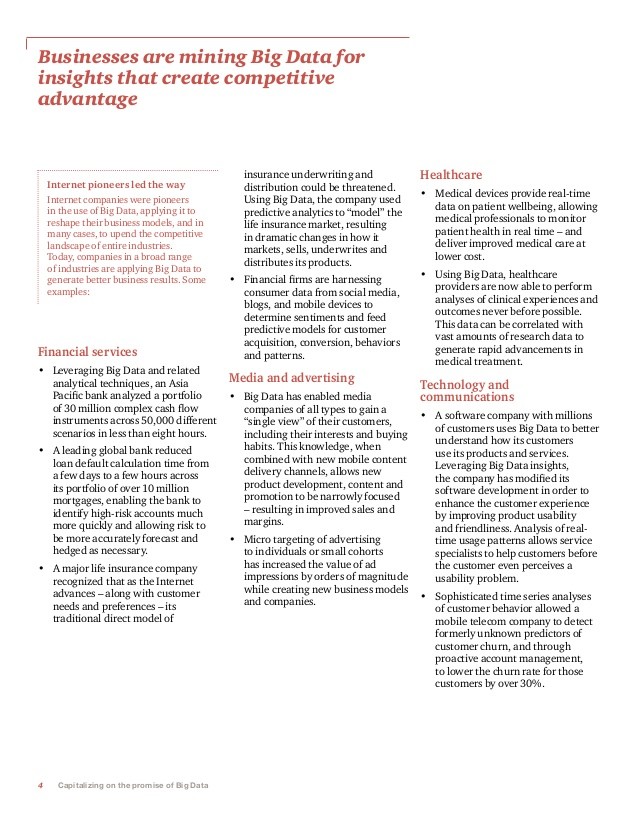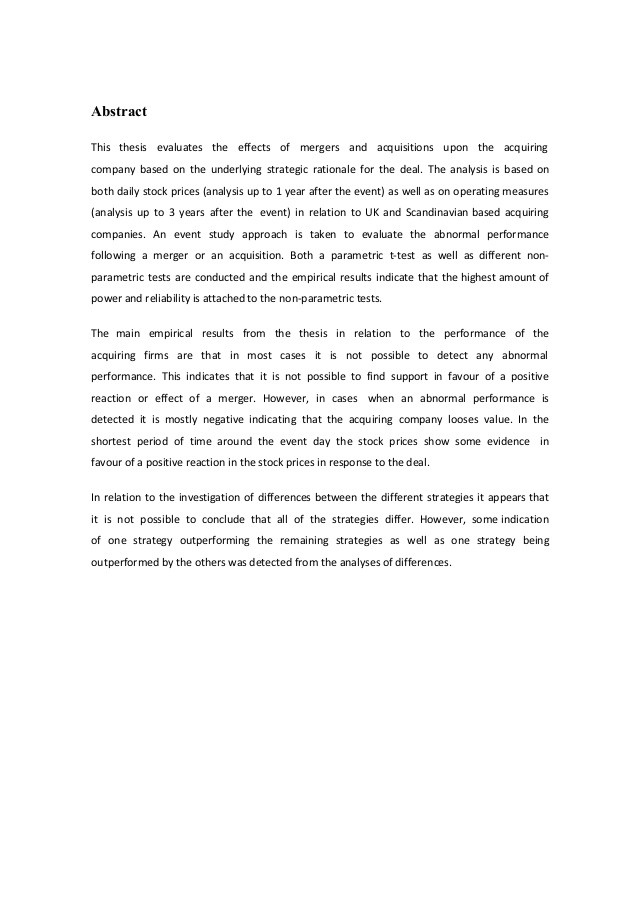Services Tools Knowledge Base Education Understanding data_1
Post on: 23 Сентябрь, 2015 No Comment

IVolatility Education
Special indicators described here allow one to determine the prevailing market psychology. There are many tools available for studying it. You can examine sentiment by looking investment-related publications, financial headlines etc, but there are some quantitative measures of market sentiment, such as the CBOE Volatility Index (VIX), put-to-call ratio, etc
Put-to-Call ratio
Sentiment analysis is a search for extremes. The best time to bet against the majority view is when bullish or bearish sentiments have reached an extreme. Only when the majority of investors are on one side of the market (bullish or bearish) does it pay to take on a contrarian approach. The principal of Contrary Opinion holds that when the vast majority of people agree on anything, they are generally wrong. A true contrarian, therefore, will first try to determine what the majority are doing and then will act in the opposite direction.
The Market usually moves in three directions- up, down, and sideways. Writing options is one way of profiting from sideways market moves when no trend is apparent or expected. The buyer of a call option is bullish on a market. The buyer of a put option expects prices to fall. The option writer usually sells call options in flat to slightly bearish markets, a put writer sells put options in a flat to slightly bullish market.
The Put-to-call ratio allows one to determine extremes. Puts are generally purchased to bet on a downside move in a stock or index, while call buyers are speculators betting on an upside move. Thus when the prevalent market psychology is overly bearish or pessimistic toward the stock market, most investors will buy put options for downside protection, and vise versa when the public is optimistic or bullish on the market, that bias is reflected in a higher level of call activity.
The put-to-call ratio is computed as the total number of puts traded each day divided by the total numbers of calls. It is one of the best measures of market sentiment and it helps to determine whether option buyers are predominantly bullish or bearish and whether that relative bias is intensifying or diminishing. It can be applied to an individual stock, an index, or exchange. A rising ratio suggests a bearish attitude; a falling ratio indicates a bullish attitude. The greatest value of a put-to-call ratio is at extremes, similar to an overbought/oversold oscillator. It is then used as a contrary indicator.
High put-to-call ratio signals a market bottom and low number signals a top. If the ratio falls lower than 0.3, this implies a sense of market euphoria; however, a ratio over 0.7 means that the market is now pessimistic.
Examples
- The following chart shows the put-to-call ratio for MSFT. As you can see the current value is relatively low. It suggests that majority of investors expect prices to rise.
Note: those charts are available to Advanced Historical Data service subscribers.

Chart: Price and put-to-call ration for NASDAQ-100 over last two year
Note: those charts are available to Advanced Historical Data service subscribers.
Chart: Price and put-to-call ratio for OSX
Note: those charts are available to Advanced Historical Data service subscribers.
As you can see on the enlarged chart, the sentiments of market participants constantly and rapidly changed over time. Sometimes the majority of investors were on the bullish side, and sometimes on the bearish. Such sharp fluctuations expressed the instability in investor sentiment and widespread uncertainty with regards to the future prospects in the oil sector.
Enlarged chart with Put-to-Call ratio for OSX














